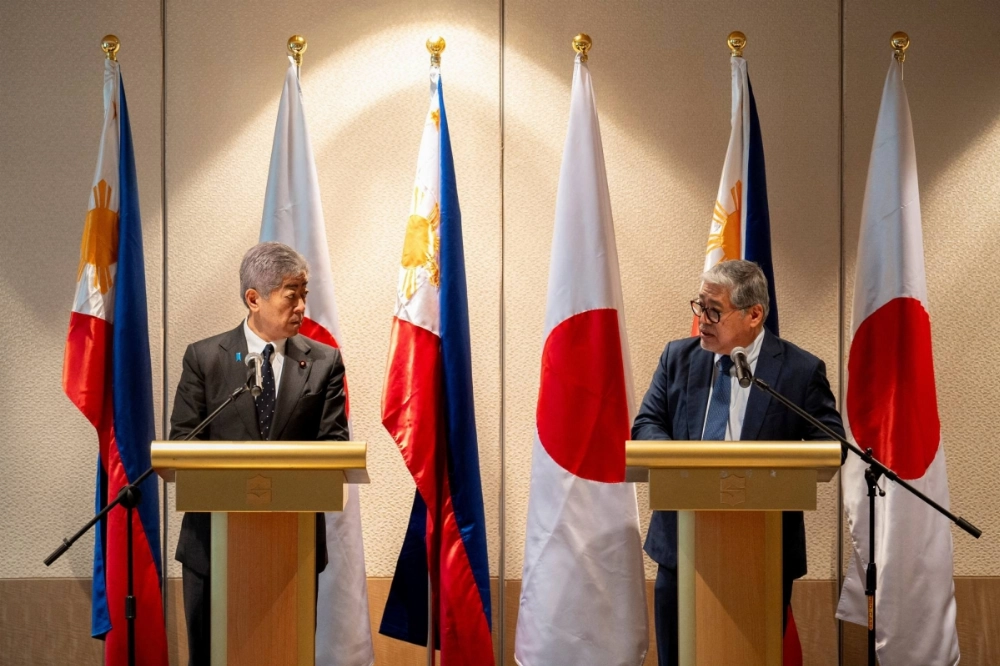Japan aims to not only continue raising the budget for its military aid program over the coming years but also expand the number of recipient countries, with the Foreign Ministry considering up to nine potential beneficiaries next fiscal year alone, according to government sources.
For fiscal 2025, which starts April 1, the ministry has requested ¥8 billion ($51.5 million) for Japan’s official security assistance (OSA) framework. If approved by parliament, this would mark a 60%, or ¥3 billion, year-on-year increase as Tokyo seeks to strengthen the security and deterrence capabilities of like-minded countries amid growing concerns over the regional security environment.
Among the nations being considered for the third OSA tranche are Malaysia, Indonesia and the Philippines, all of which are already beneficiaries, as well as Papua New Guinea.


















With your current subscription plan you can comment on stories. However, before writing your first comment, please create a display name in the Profile section of your subscriber account page.